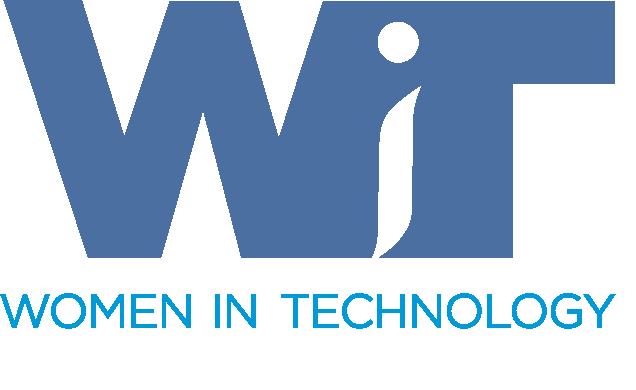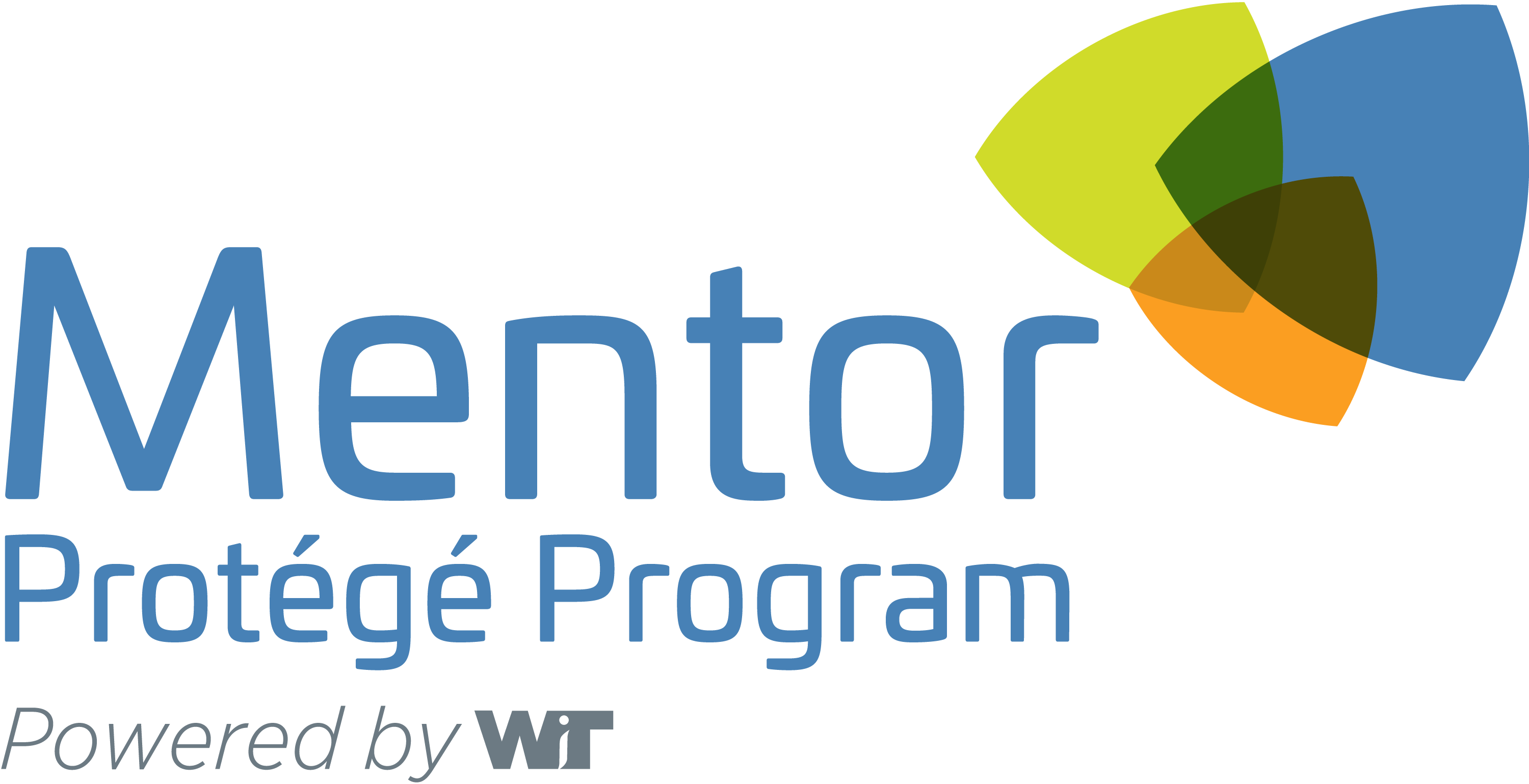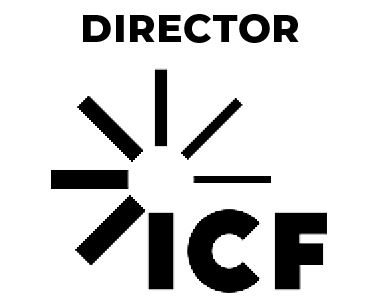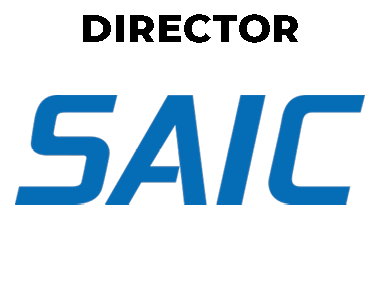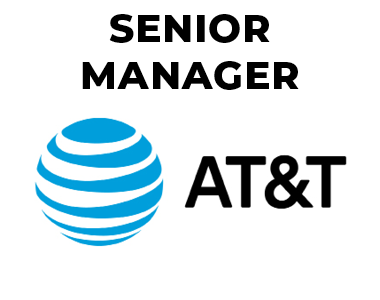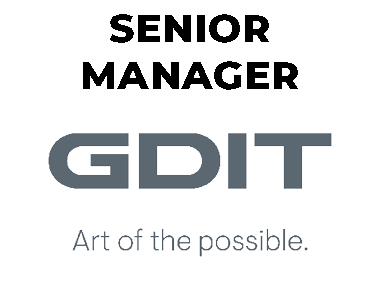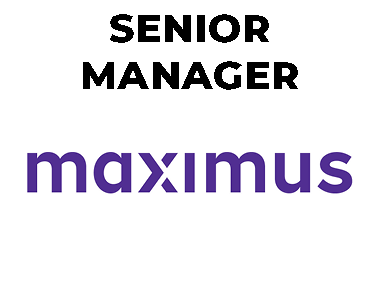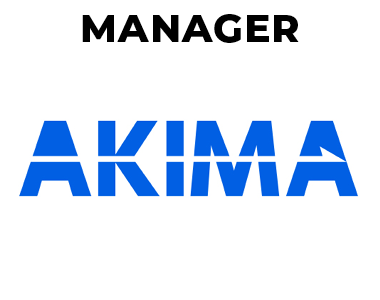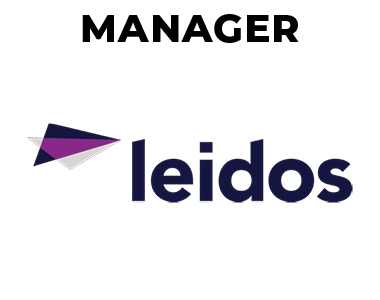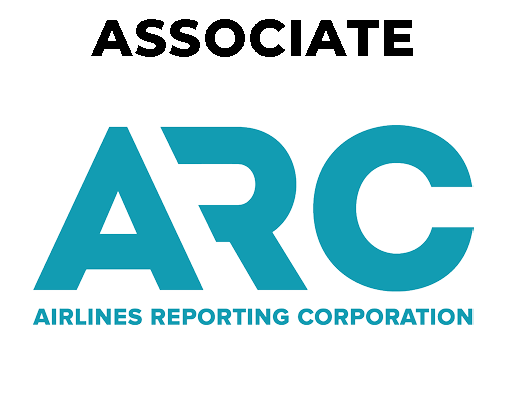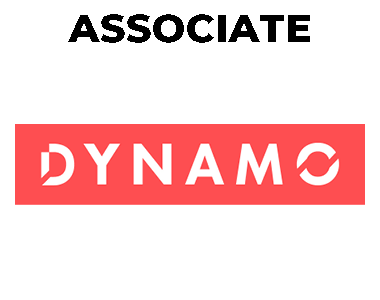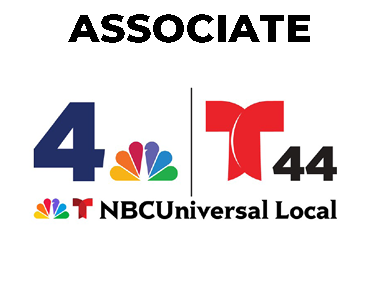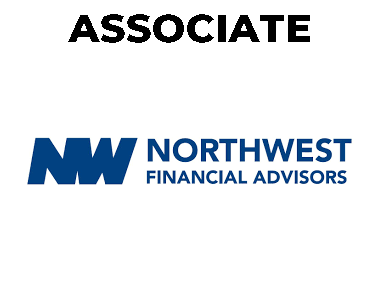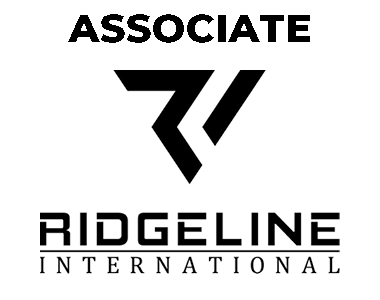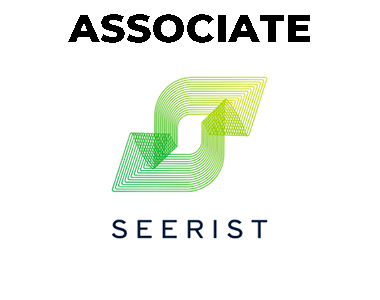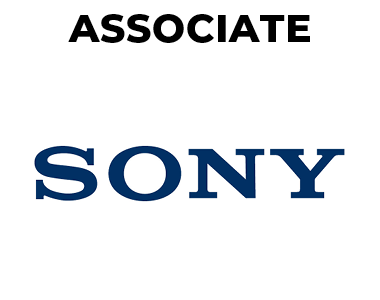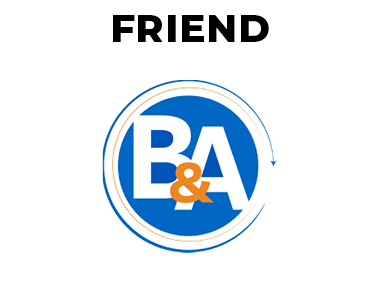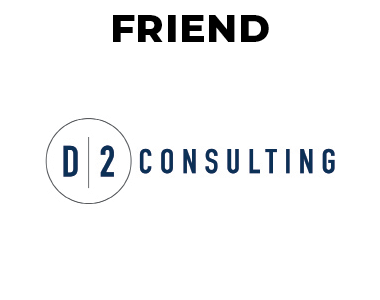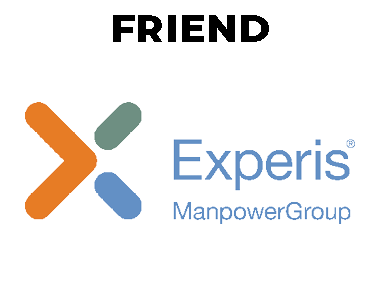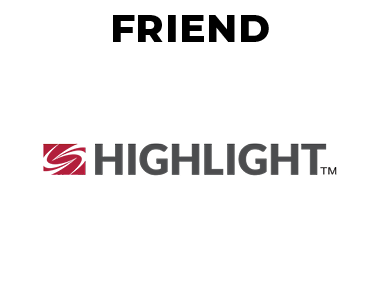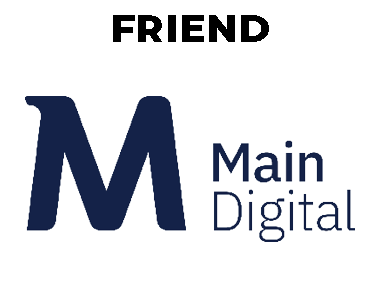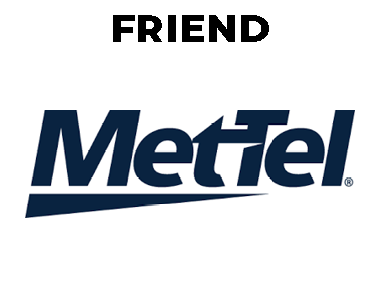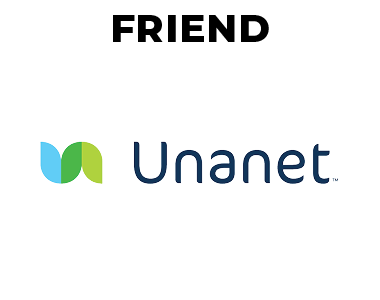Worldwide revenues for the augmented reality and virtual reality (AR/VR) market are forecast to increase by 100% or more over each of the next four years, according to the latest update from the International Data Corporation (IDC). On April 19, WIT will be joined by Emma Mankey Hidem, Founder, Sunnyside VR, and Bianca J. Jackson, Career Coach, Speaker, Consultant and LinkedIn strategist, JAX Digital LLC, for a discussion on the Marketing Implications of AR & VR.
Emma Mankey Hidem
Founder, SunnysideVR |
Bianca Jackson
Career Coach, Speaker,
Consultant and LinkedIn
Strategist, JAX Digital LLC |
As a sneak preview, WIT asked Emma and Bianca the following questions:
WIT Q: What are the current trends in VR/AR that women need to know about?
Bianca: The current trends in VR/AR are the rise of using VR for training and AR for retail applications. The distinct difference between the two types of technology is either bringing someone to a different world (VR) or bringing something different to someone’s world (AR). In the example of training, you want to simulate a live experience, as much as you can, for your trainee. The training simulation needs to be created. One example is Walmart’s re-creation of Black Friday for sales associates. Whereas, purchasing items like furniture can be done with AR-enabled apps. IKEA and Houzz have apps where users can browse their catalogs and position furniture in their physical spaces.
Emma: VR/AR is an industry of basically endless possibilities. Education, medicine, travel, entertainment, are some of the key industries running with the tech in this early stage, but there will be more and more uses to come. I would go so far as to say there really isn’t a ‘trend’ in VR/AR yet, because everything is so new. We are only beginning to learn what works and what doesn’t within the current technological limitations, and, as we overcome those limitations, what works and what doesn’t may change drastically. Basically, I would say that the only trend is that it is currently the ‘Wild West,’ but that makes it a great time to get in at the ground floor. It also makes the industry a more collaborative space at this juncture than it will be in the future, because we know that we need to work together to help VR/AR succeed as an industry, or else all of us will fail together.
WIT Q: Why is VR/AR relevant to women in leadership positions?
Bianca: VR/AR is projected to bring in $215B by 2021. Therefore, all industries will try to find a piece of the pie.According to a CB Insights Beyond Gaming: 13 Industries AR/VR is Poised to Transform article, the following industries will be affected: journalism, retail, real estate, logistics, advertising, manufacturing, military, film, media, medicine, conferences, marketing, HR, events, talent management, recruiting, defense, automotive, law enforcement, and healthcare. If you are a woman in any of these industries, it would be a good idea to start learning as much as you can.
Emma: At Oculus Connect 2 about a year and a half ago, I saw Oculus’ CTO speak, and he said something to the effect of ‘It’s only once or twice in someone’s lifetime that a new medium, technology for the masses that will change the way we live our lives comes about. How exciting to not only be witness to the beginning of a new era of technology but to be participating in it and contributing to it.’ As women, we were marginalized when past major technology that changed the very way we live came about, such as the telephone, television, and even the internet. This is our chance to dive in head first, be leaders in an emerging field, and have a voice in how this develops and shapes society. Everyone thinks of this (VR in particular) as something for gamers – read: straight white men. There is already legitimate talk about ethical issues in VR, such as desensitization to violence, virtual groping, PTSD from virtual experiences, and more. We need a diversity of voices leading these conversations and setting the standards, because then VR/AR will be a better technology for everyone.
WIT Q: What are the key resources you would like to make women learning about VR/AR aware of?
Bianca: The key resources, I would like to point out, are free or low-cost. There are programs, conferences, and groups like CodeSpa Virtual Reality and 360 Video Maker Retreat, Digital Raign’s Esalen Summit, Oculus Connect, Women in VR FB group, 360 Video Professionals FB Group, SXSW, and Game Developers’ Conference. Also, for information to learn how to code for VR/AR applications, check out Udemy and YouTube for courses and videos on Unity, ReactVR, and A-Frame.
Emma: Oculus, HTC, Samsung, and others have funds for people creating VR content. I’m sure Microsoft and other AR headset makers have funds for developing content for AR, as well. In the DC area, there is the DCVR meetup, which I am involved in, and it covers a lot of AR too. There are conferences in Silicon Valley, LA, NY, and elsewhere that make it feasible to get a good lay of the land in one location. The University of Maryland received a large sum from the former CEO of Oculus and for a FR facility/program and many of the earliest companies working in VR are based in the area, because they were previously working with the government/military, so DC is actually a great place to be for VR.
Will you be ready for AR and VR versions of practically everything – along with its ample marketing opportunities? Join us for WIT.Connect: Marketing Implications of AR/VR on Thursday, April 19, 2018 from 6:00 PM-8:30 PM EDT at Valo Park (formerly the Gannett Building), McLean, VA 22102.
